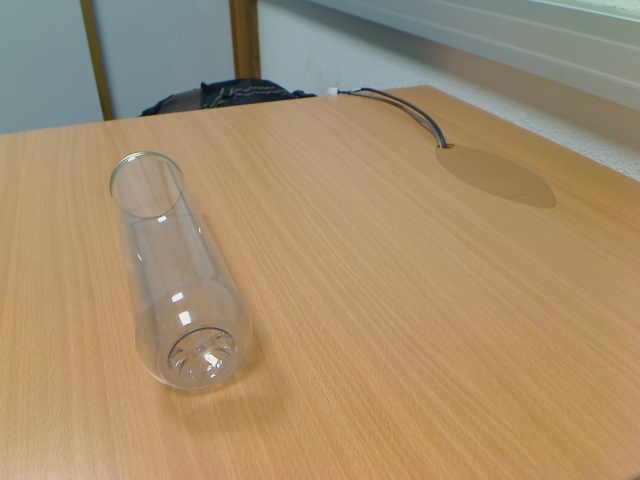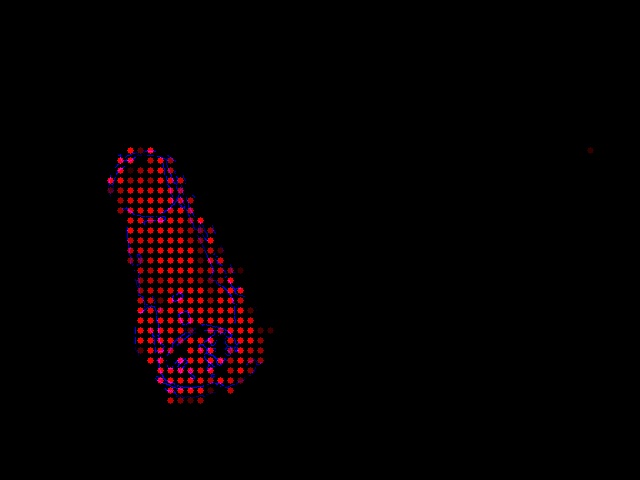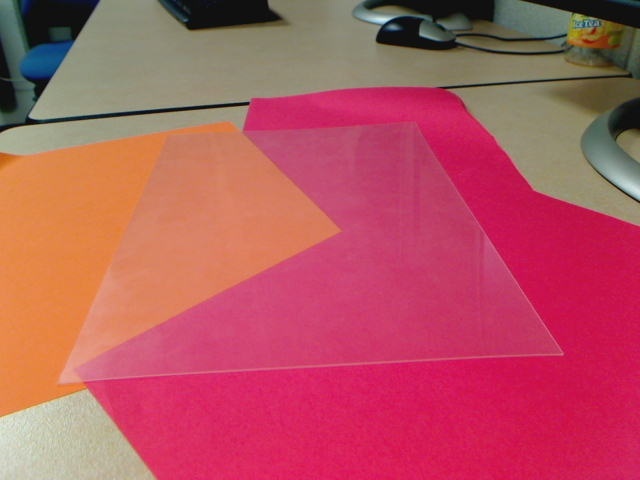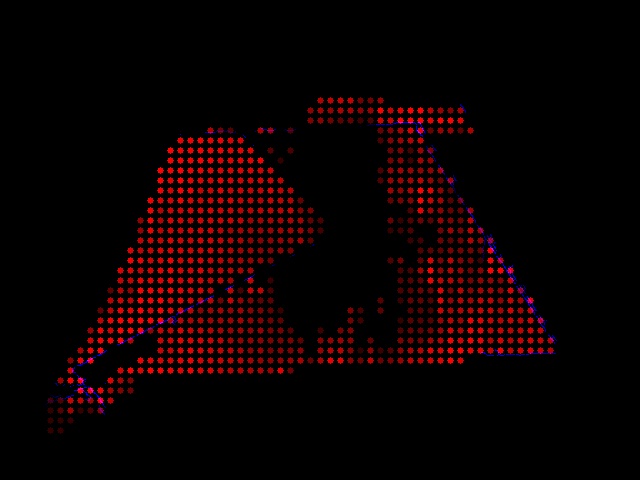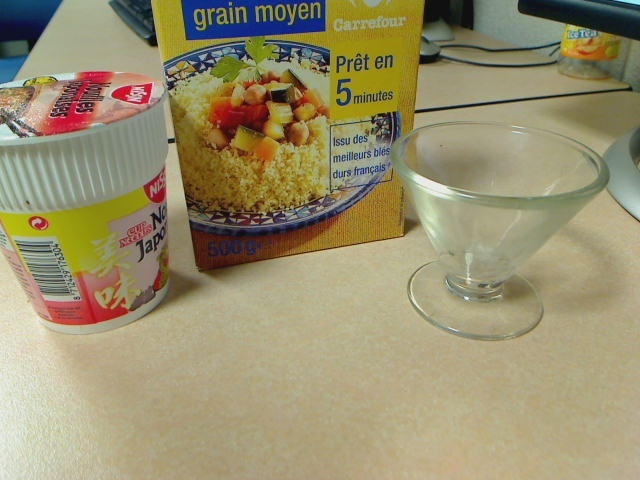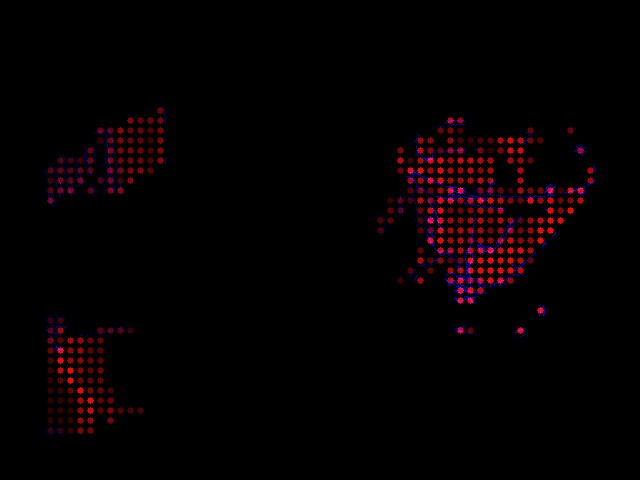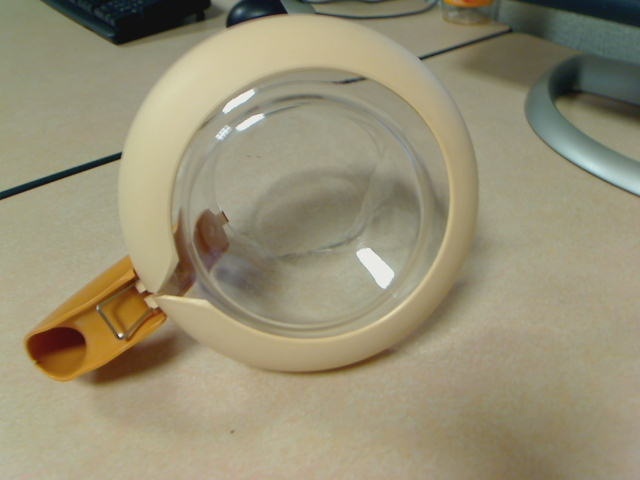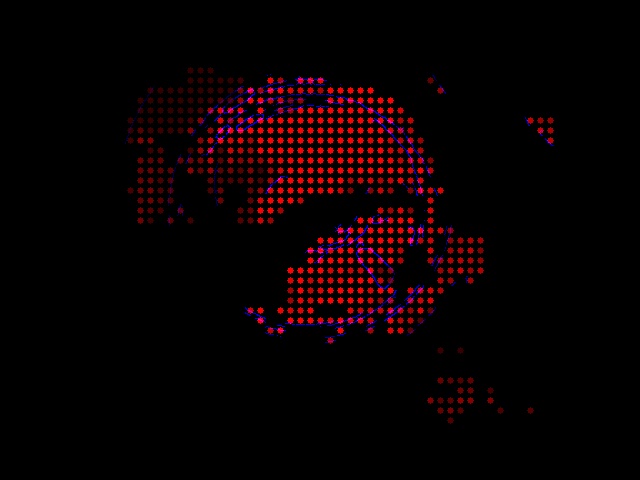Overview
Most computer and robot vision algorithms, be it for object detection, recognition, or reconstruction, are designed for opaque objects. Non-opaque objects have received less attention, although various special cases have been the subject of research efforts, especially the case of specular objects. The main objective of this work was to provide a research work in the case of semi-transparent objects, i.e. objects that are transparent but also reflect light, typically objects made of glass. They are rather omnipresent in man-made environments (especially, windows and doors). Detection of these objects provides important information that can be used in a robot's navigational strategies such as obstacle avoidance, detection of oil/water spills on the floor, localization, etc. In order to achieve the detection of semi-transparent objects we developed a novel approach using a collective-reward based technique on an image captured by an uncalibrated camera. Several experiments were conducted over different scenarios to test the efficacy of the algorithm. For more information refer to the papers.
